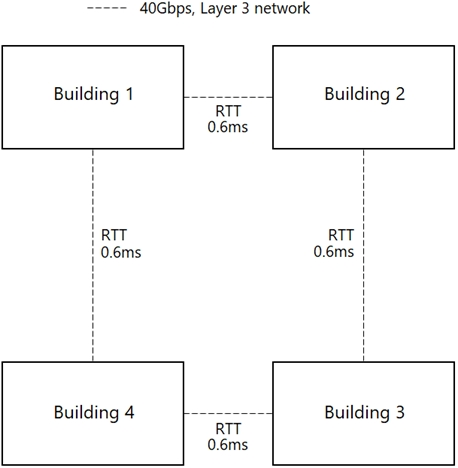HCI Master Specialist
Here you have the best VMWare 5V0-21.20 practice exam questions
- You have 54 total questions to study from
- Each page has 5 questions, making a total of 11 pages
- You can navigate through the pages using the buttons at the bottom
- This questions were last updated on April 16, 2025
